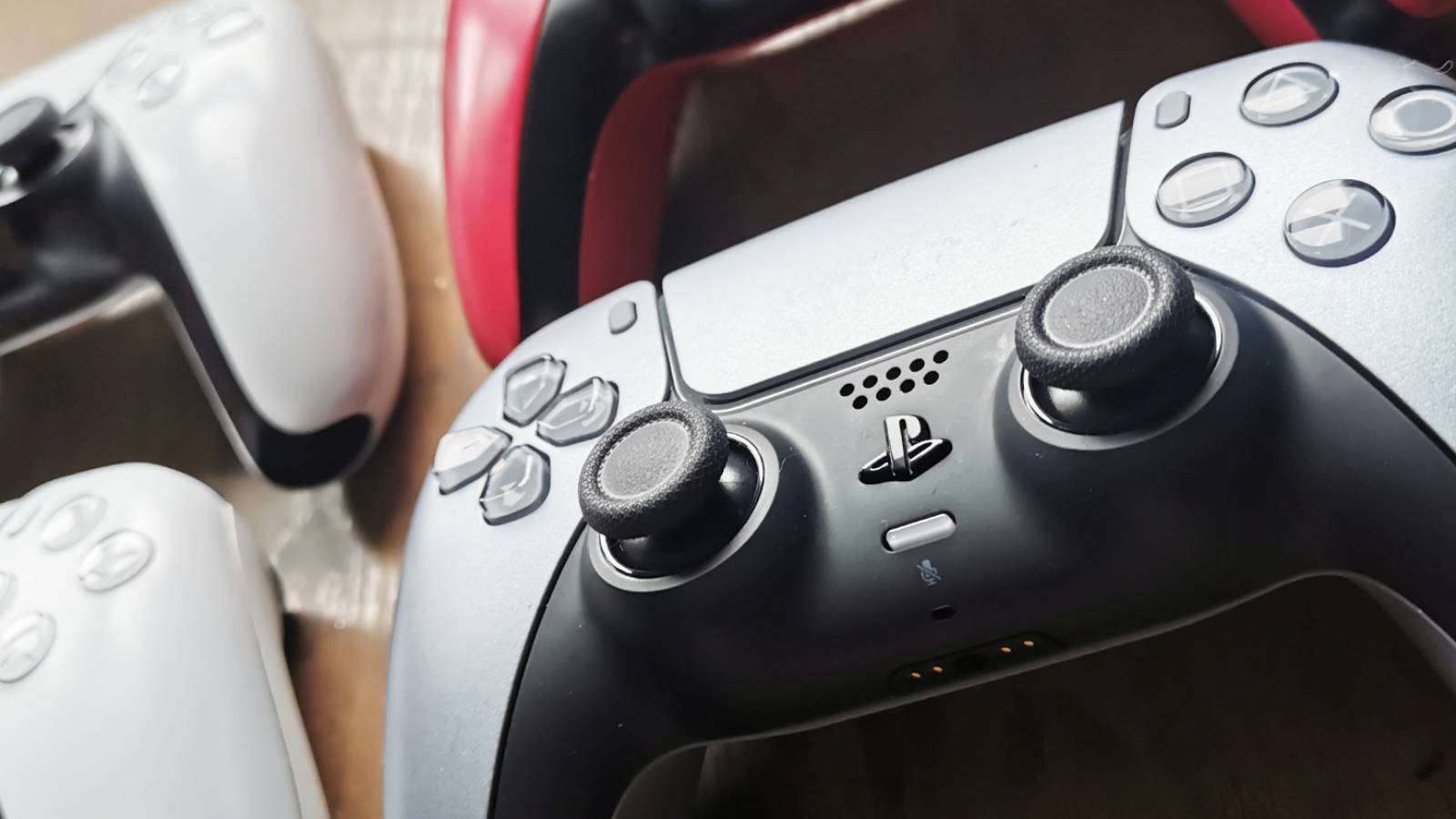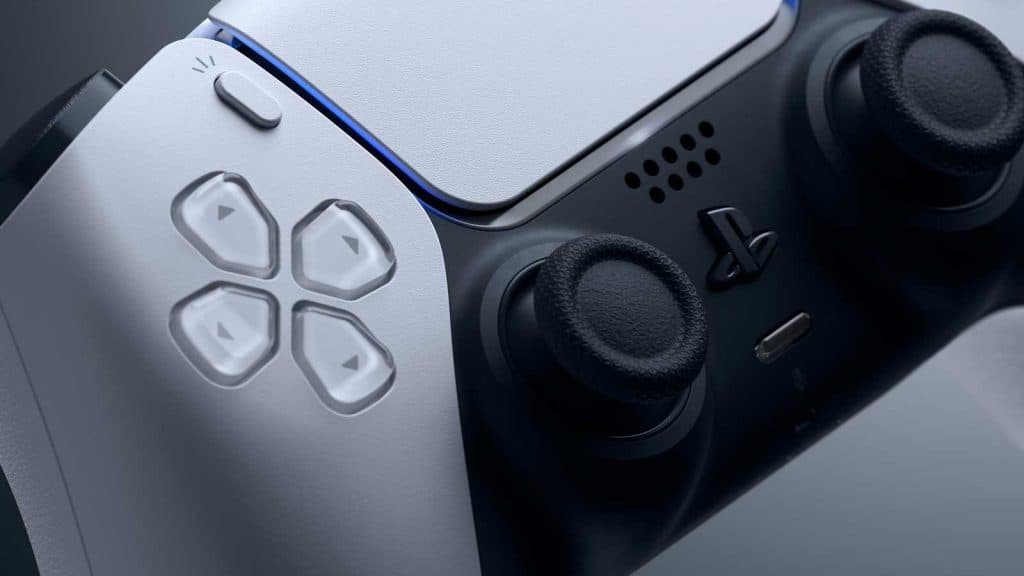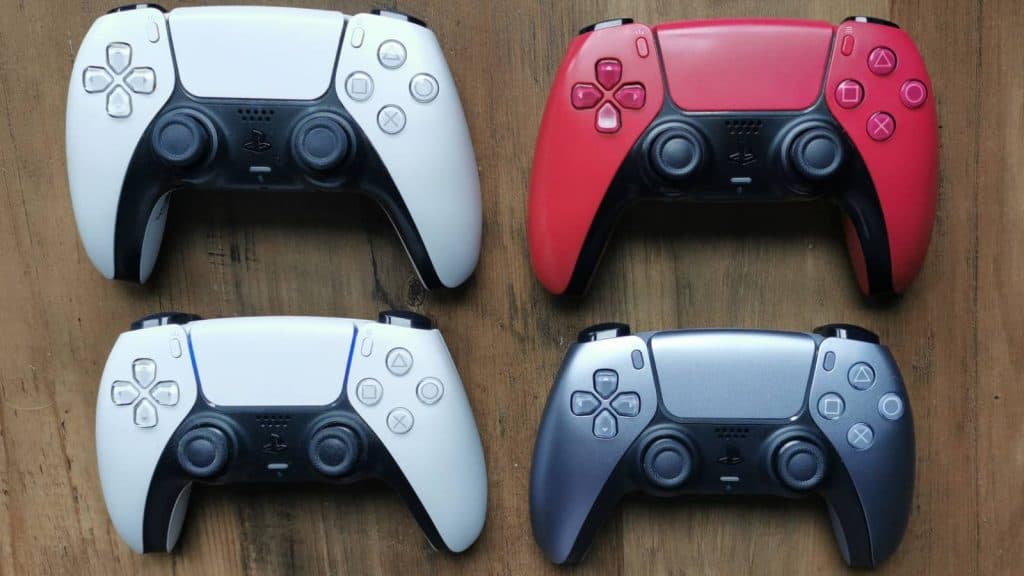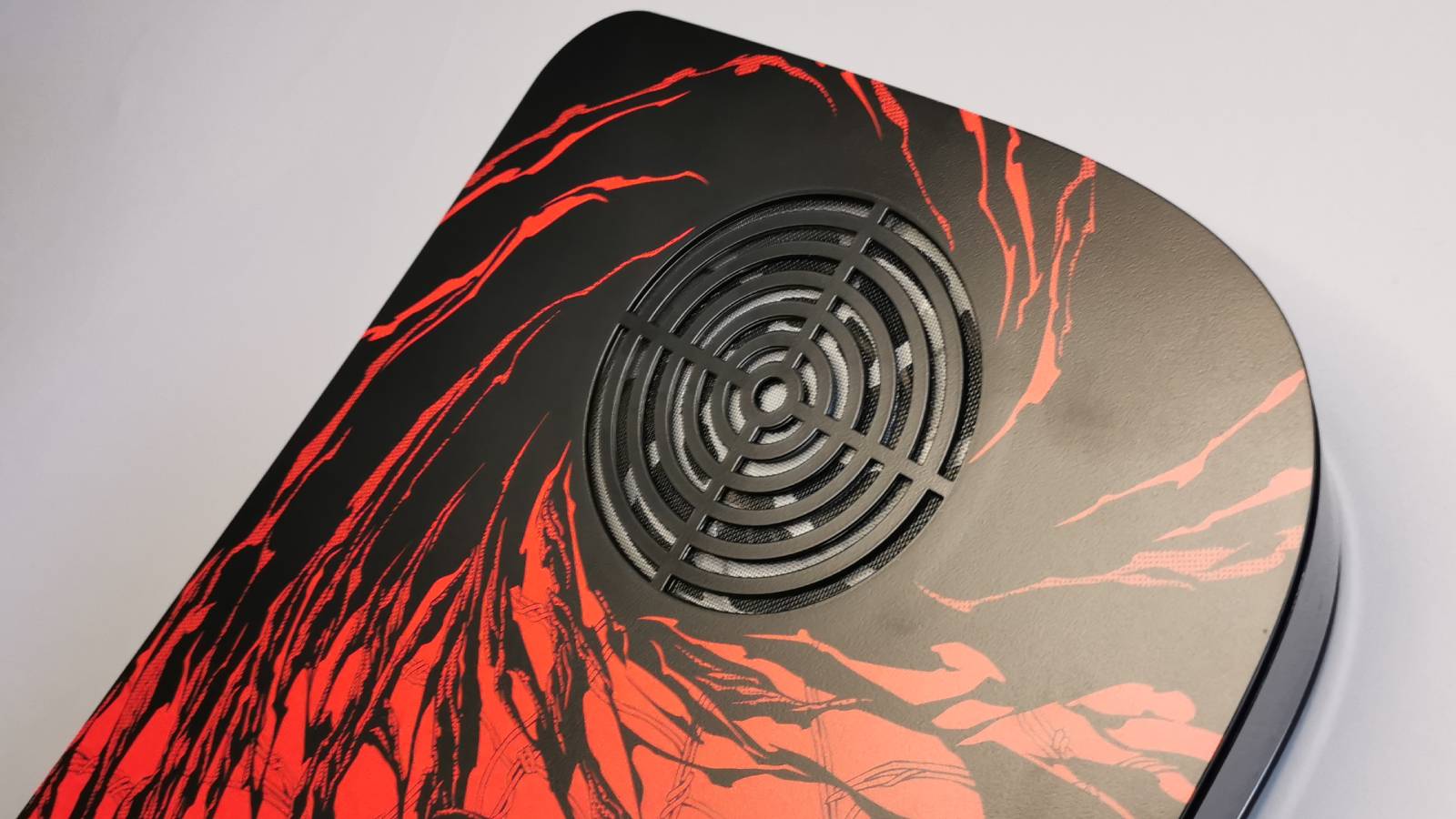I’m on my fourth PS5 pad & Sony needs to fix the DualSense’s biggest problem
 Dexerto
DexertoThe PlayStation 5 is Sony’s best console yet, but the current-gen powerhouse is let down by one major problem, the DualSense controller.
When the PlayStation 5 launched in 2020, PlayStation fans and tech enthusiasts heralded its DualSense controller for its adaptive triggers and unique haptic feedback. The controller was a notable step up from the PlayStation 4 DualShock, in both features and design, thanks to its advanced haptic functionality.
Astro’s Playroom, the free game bundled with every PS5 console is a great showcase of what Sony set out to achieve with its haptic technology. In Marvel’s Spider-Man 2, the developers at Insomniac even went as far as to create mini-games surrounding this new trigger tech.
Yet, while the DualSense’s features have become a great reason to own a PS5, it’s also cemented itself as one of the worst parts of owning the console. It’s all down to one single, yet incredibly frustrating issue: stick drift.
 Sony
SonySony can’t drift away from the issue
The Sony DualSense uses analog sticks, like every PlayStation controller before them. Like most sticks, they rely on the use of potentiometers, which although cheap to manufacture, can easily wear out over time. When they wear out through prolonged use, this will cause your sticks to drift and move on their own accord, making it impossible to play games or even control the PS5 UI.
It is a truth universally known that if you own a DualSense controller, it will develop stick drift. iFixit states that every DualSense using an Alps-manufactured potentiometer stick will drift after 417 hours of use.
This is a problem that can cause serious harm to your bank account, especially when the controllers remain around $69.99, four years into the console’s lifespan. Those fancy haptic features come at a cost, after all.
Alternatively, you could pick up one of the many third-party controllers. Like with any console generation, there are a never-ending supply of unofficial PS5 controllers to choose from, but even heavy hitters like the Victrix Pro BFG and the Razer Wolverine V2 Pro suffer from the same problem.
Edge of the problem
 Dexerto
DexertoSony has tried to rectify the glaring issues with the DualSense with the DualSense Edge. The pro controller has several new features, notably a series of new rear buttons, like the dipswitch selectors for trigger-stop functionality. Another one of the biggest changes was the DualSense Edge’s decision to utilize removable stick modules.
Even worse, the DualSense Edge is a staggering $200, which is approximately how much I have personally spent on PS5 controllers over the last four years. Not even a year into my time with the PS5, I already owned three DualSense controllers. Not because I had friends who wanted to play some games together, but to combat the endless plague of drift going through my favorite accessories.
Just in time for Final Fantasy VII Rebirth, my remaining working Volcanic Red DualSense controller decided it too wanted to join in on the drift party, resulting in having to buy yet another controller. This time, I opted for the Sterling Silver variant. While I can now take on Sephiroth with the shiny new accessory, the cost of using these controllers is racking up very quickly.
Smaller brands are doing it, why can’t Sony?
It’d be unfair to sorely criticize Sony for its drifting DualSense controllers, as the Nintendo Switch is just as notorious for the same issue. Yet, while you can easily get alternatives for the official Joy-Con controllers without giving up on most of the controller’s most appealing features, the same can’t be said for third-party DualSense gamepads.
As it stands, Sony currently holds the patent for the haptic feedback and adaptive triggers that make the DualSense such a stand-out controller. Any time you want to pick up a third-party PS5 controller to save money, you’ll lose out on one of the coolest features it has to offer.
Brands like 8BitDo already have controllers, like the 8BitDo Ultimate, which come with hall-effect sticks. Nacon also added them with their PS5 Pro pad. These sticks use hall-effect sensors, which rely on magnets, and not potentiometers like the DualSense. As a result, the wear and tear that leads to drift is eleminated.
8BitDo is even upgrading its other controllers to receive the well-warranted hall-effect upgrade and benefit from a drift-less experience. If a much smaller brand can do it, why not Sony?
A newly refreshed DualSense controller with hall-effect sensors would likely cost more than the already expensive DualSense, however. But, given the number of controllers I have gone through, it would be a necessary evil at this point.
So, Sony, what gives? Even with the replaceable stick modules of the DualSense Edge, no one should have to rack up this amount of e-waste due to a single component, which can be swapped out for a higher quality version, which isn’t as prone to wear and tear over time.



